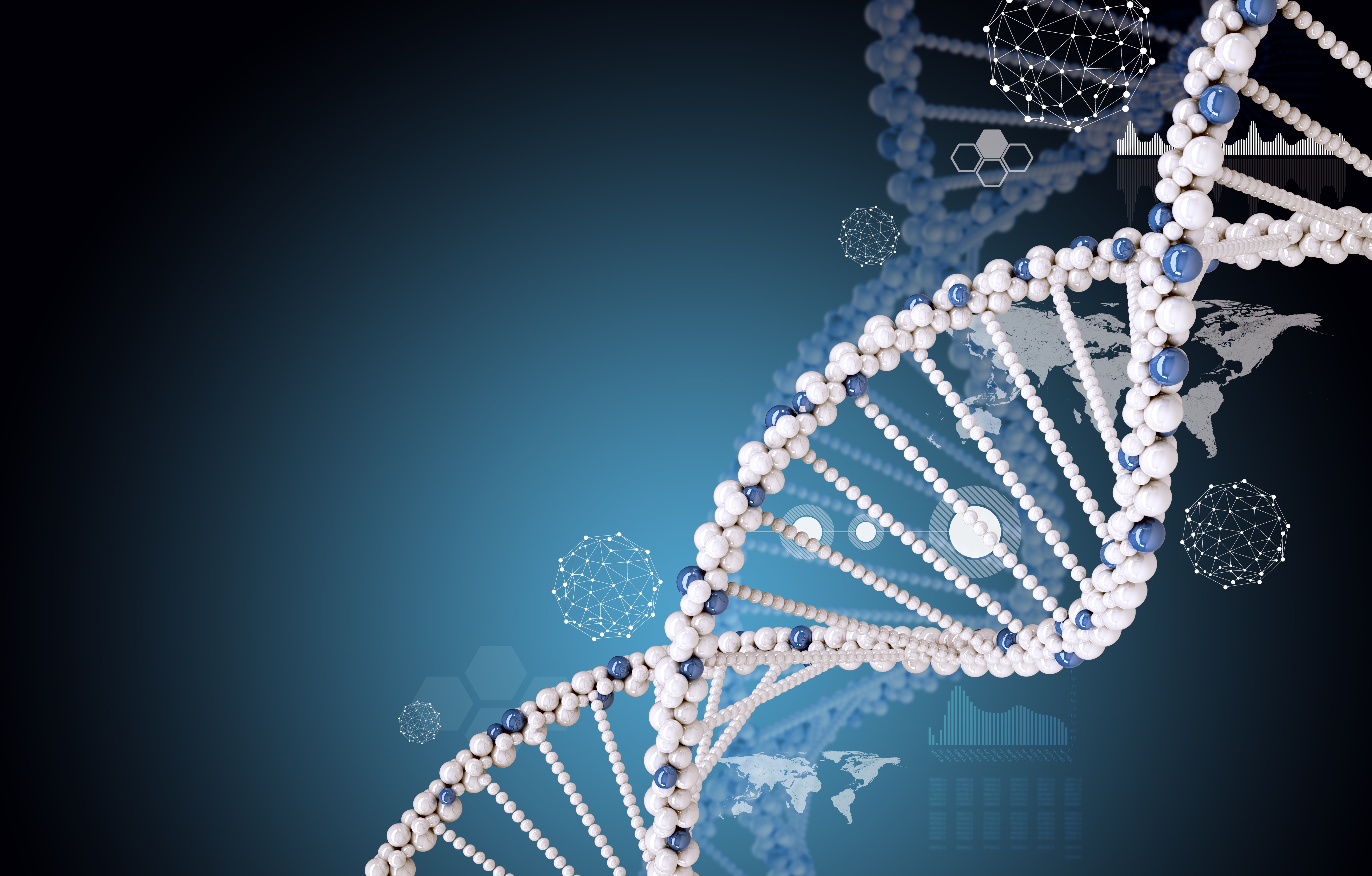
The Novo Nordisk Foundation Center for Biosustainability in Denmark bioengineered the yeast Saccharomyces cerevisiae to produce psilocybin and other related magic mushroom tryptamine derivatives. They did this by taking the psilocybin-producing genes from the magic mushroom Psilocybe cubensis and putting them into the yeast’s DNA.
The researchers, led by Nick Milne, also detected several psilocybin derivatives being produced by their bioengineered yeast. The observed psilocybin analogs included psilocin, norpsilocin, baeocystin, norbaeocystin, 4-hydroxytrimethyltryptamine (4-HO-TMT, i.e., dephosphorylated aeruginascin), and the “new to nature” N-acetyl-4-hydroxytryptamine.